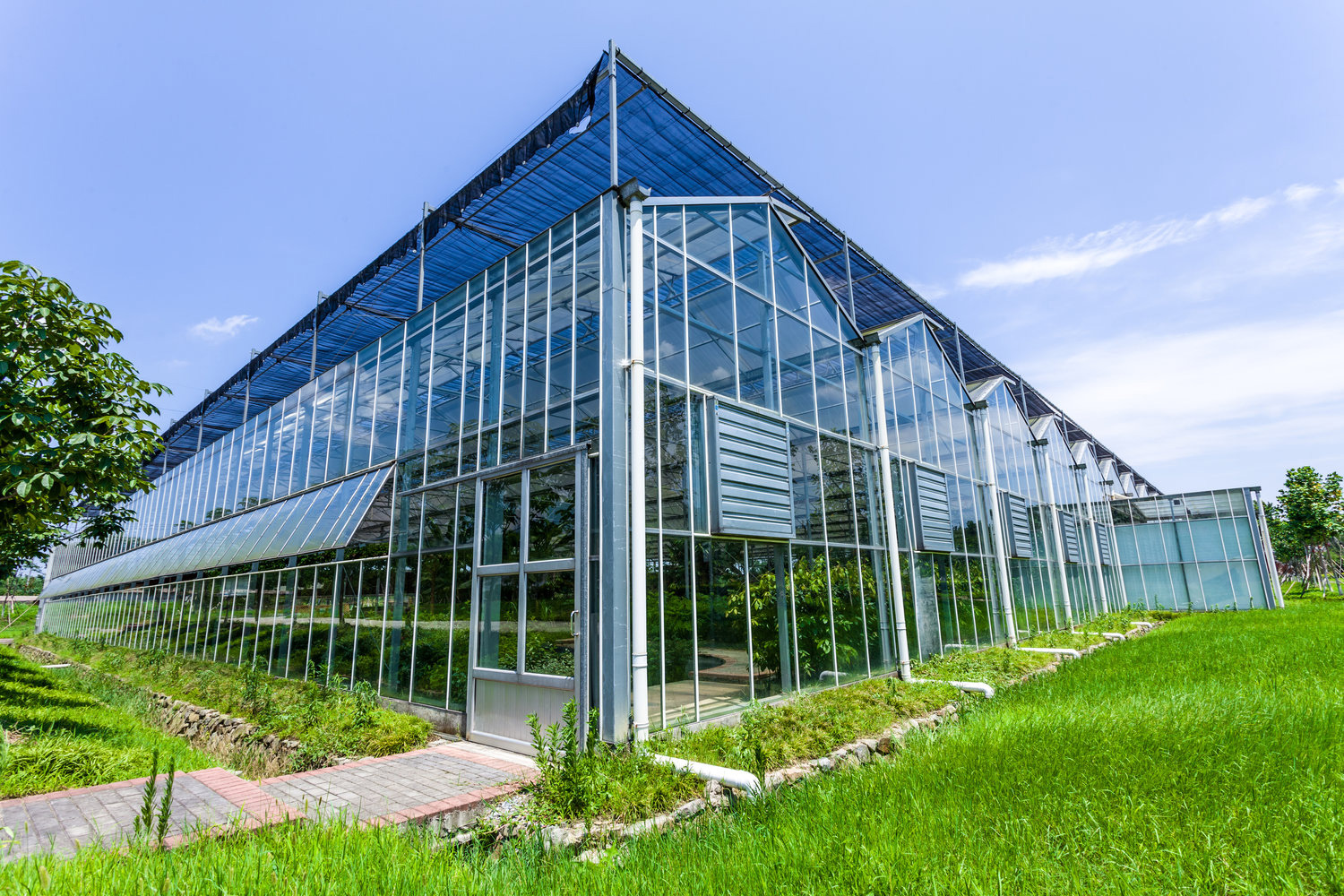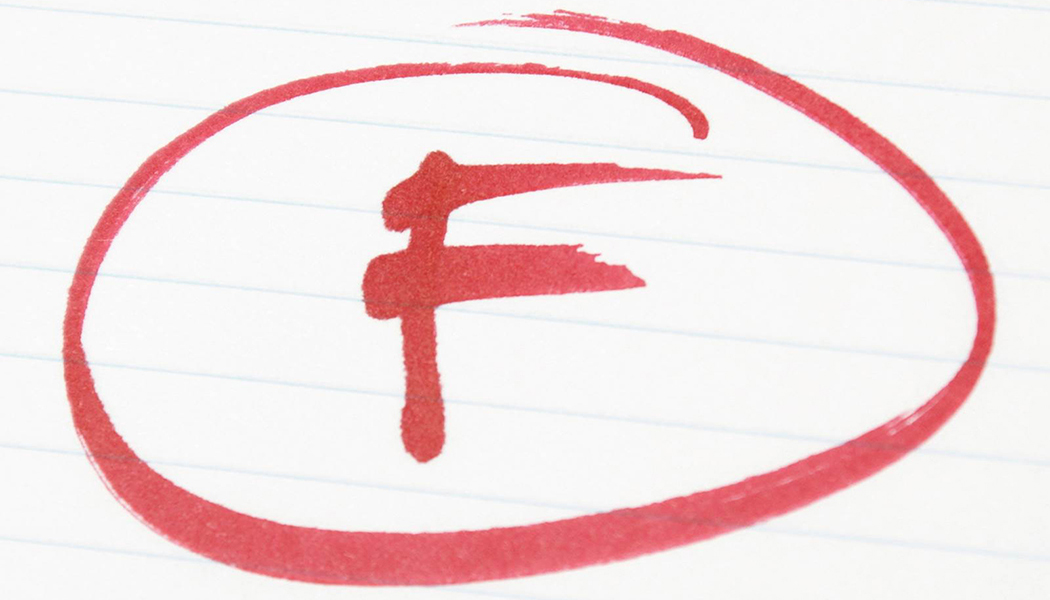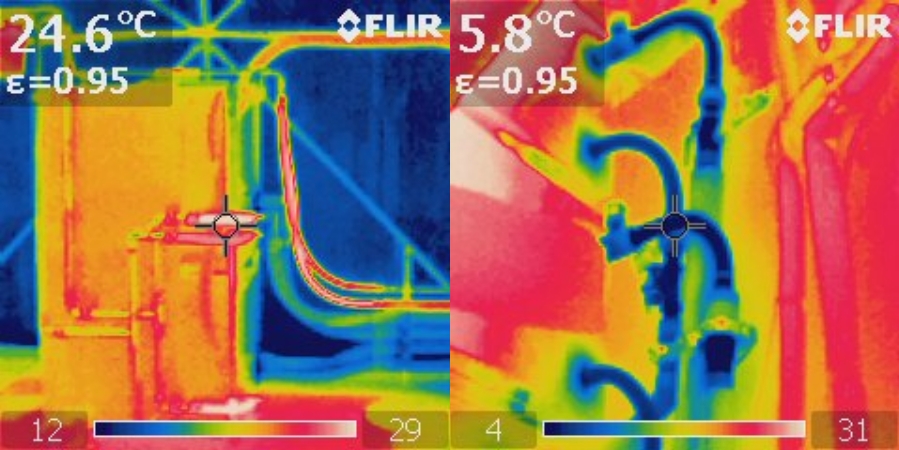
Whether you have a greenhouse or indoor grow operation, whether for medical marijuana, recreational cannabis, or micro greens for restaurants, proper climate control is as vital as knowing how to grow your crop.
The levels of heating and cooling and dehumidification are from 4 to 10 times higher in a greenhouse or grow room than in a residential home application. This means some serious climate control equipment and design is required.
Greenhouses typically use fans and vents for cooling. This means all that heat energy is expelled and wasted only to be bought back at night for heating from your local utility. This energy can be saved and reused. Forget about humidity control and co2, gone with the wind via the fans.
In a closed grow room the lights do more than enough heating and the room needs to be cooled. When the lights go out the temp falls quickly and the relative humidity spikes causing fungus to set spores and spread fast. The lights should be ramped down in stages instead of all out to help the dehum system do its job more effectively.
This control of humidity and fungus may be the most critical function in closed rooms (and greenhouses) and yet is seldom addressed properly, actually almost never.
Many growers would install an air conditioning system which is largely ineffective overall and usually wildly miscalculated in size. Careful calculations and design should prevail, not guesswork.
Heat load and cooling load calcs should be done and a heat pump system can be used, either air source or ground source. The ground source can recover the energy for cheap night time heating but the most critical component of all is the installation of extra coils for humidity capture while simultaneously maintaining the desired temps. The size of the system must be as large as the kW load of the lighting minus the PUR and then adding the latent load of dehumidification. And then we should add a mixed air section to use free cooling when available.
Even then, without an electronic control strategy all the best equipment won’t function well. Manufacturers have built more efficient equipment but installers and end users still don’t get the delivery system up to date. The controls must be internet accessible so that remote monitoring and diagnosis is possible.
So now we have conditioned air for the plants, cooled, dried, heated, co2’ed, whatever is required at the moment… but how do we deliver it effectively? Simply blowing it into the room is a waste of all the above effort.
The GeoGuy designs climate control that dramatically increases the quality and quantity of your production and saves energy at the same time using science, physics and plant growing experience to get it right the first time.
In the next articles we’ll discuss advanced lighting, air delivery, vertical growing and maybe even aeroponics…







